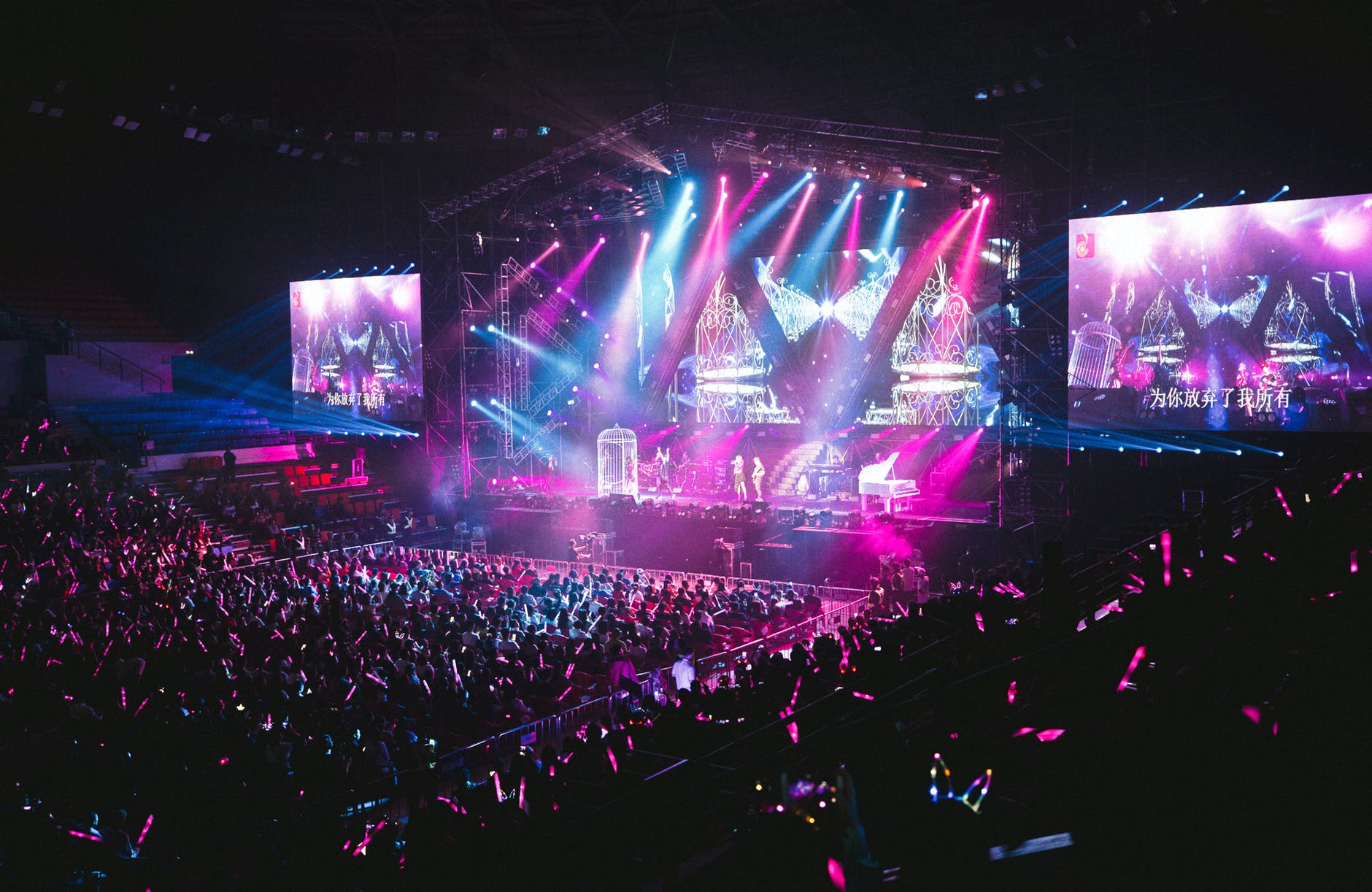Sensitive components are designed to detect and respond to changes in a specific variable. For example, an elastic bellows can sense pressure and deform accordingly. The amount of deformation reflects the sensor’s response to the pressure level. Therefore, the elastic bellows act as a pressure-sensitive component. A sensor must not only be sensitive but also capable of transmitting its response effectively. This means that the output should be a physical quantity that can be easily transmitted over long distances. For instance, while the deformation of a bellows is a small mechanical movement, it's not ideal for remote transmission. However, if this displacement is converted into a change in capacitor gap, it becomes a pressure sensor with a capacitance output. Most sensors produce electrical signals such as voltage, current, resistance, inductance, or frequency, which are easy to transmit and process. Transmitters are essentially advanced versions of sensors that provide standardized output signals, like 4–20 mA DC. These standard signals make it easier to integrate various devices into a control system. Sensors that don’t produce standard signals need to be matched with specific instruments. To improve flexibility, some sensors use converters to transform non-standard outputs into standard signals. For example, a gas-to-electric converter can convert air pressure from 20–100 kPa into a 0–10 mA current signal. There are two main types of sensor actions: positional (switching) and continuous. Positional sensors have only two states—like "on" or "off"—and are often used for alarms, safety systems, and sequence controls. For example, our pressure switch works on this principle. Continuous action sensors are used when real-time monitoring or adjustment is required. They provide a proportional output based on the input variable. One example is the SS-evaporation type semiconductor strain gauge used in Nagano transmitters. This technology offers advantages over traditional methods like pasting or diffusion. It has a wide measurable range—from -0.1 to 0.3 MPa and up to 200 MPa—and provides excellent stability and durability. The manufacturing process involves depositing a silicon dioxide layer, using CVD plasma to apply a polysilicon layer on a stainless steel base, laser etching to create the strain gauge pattern, and finally adding gold electrodes and a protective SiNx film. When selecting equipment for hazardous environments, flameproof and intrinsically safe types are considered. Flameproof devices isolate internal circuits from flammable gases, while intrinsically safe models ensure no explosion risk even under fault conditions. They are ideal for highly explosive areas.
The DMX console is the central controller for controlling all stage lights and special effects equipment. Almost all equipment needs to be connected to it, and users use it to issue control commands to all equipment. It can be controlled in real time, or the device can be programmed to display specific effects at a fixed time. Even with the stage equipment, the DMX console is also essential, just like there are more soldiers, the commander still needs to give orders to them. There are also many different types controllers to work for different quantity Stage Lights.

DMX Controller, DMX Consule
Guangzhou Cheng Wen Photoelectric Technology Co., Ltd. , https://www.cwdisplay.com
